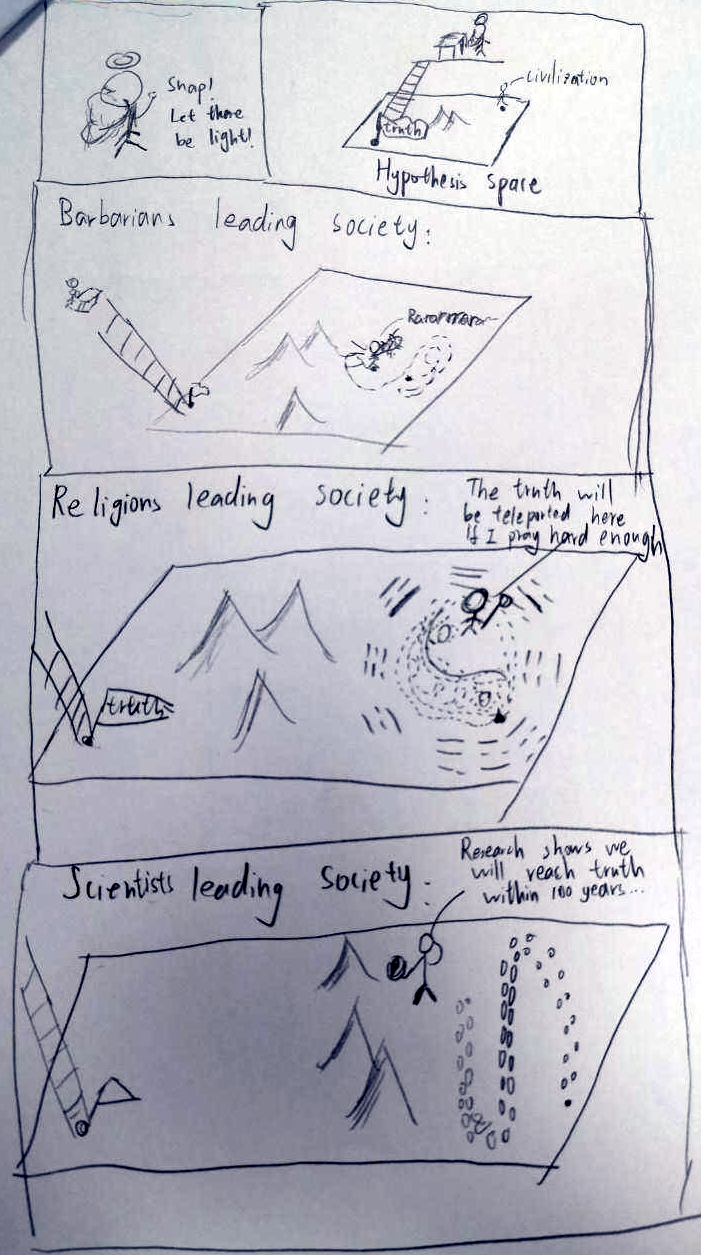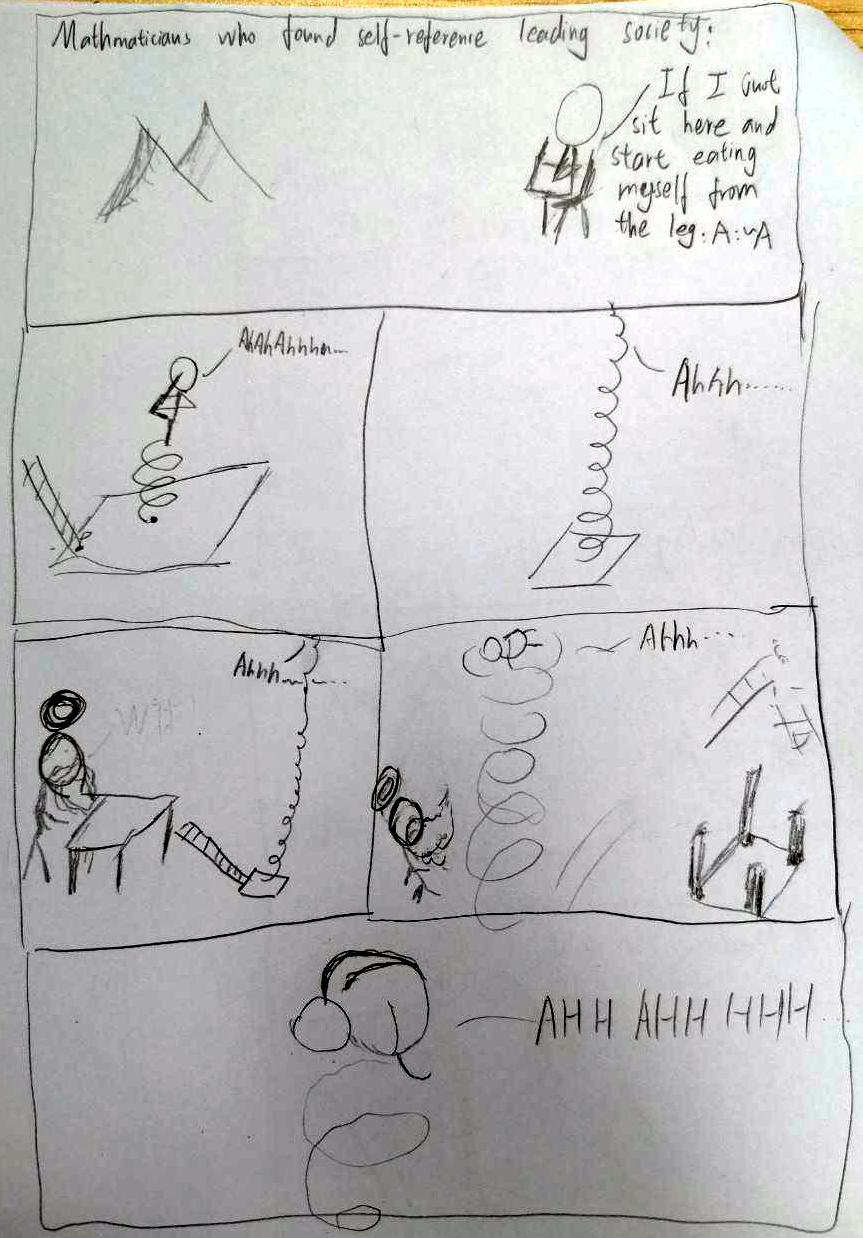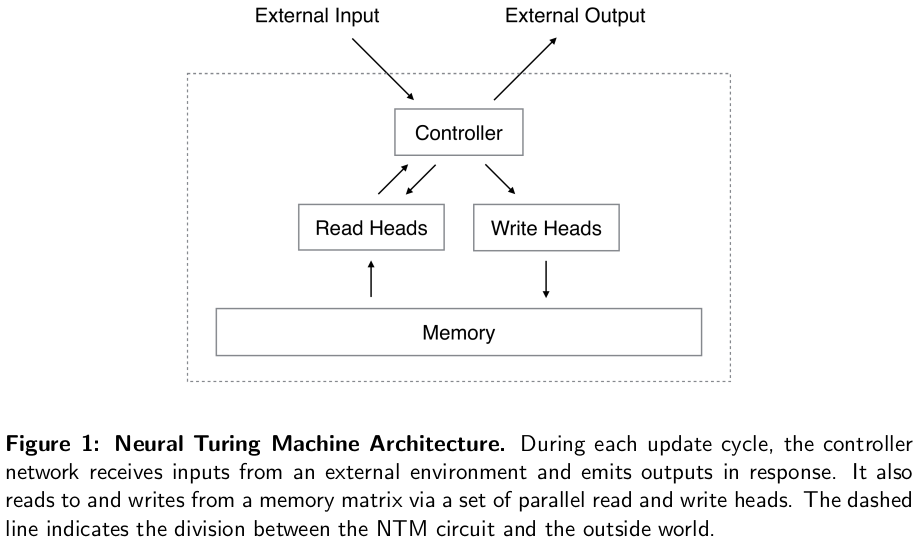Spoilers Alert: Reading this will kill all your fun figuring out how to register at Hack The Box . . .
. . . . . . . . . . . . . . . . . . . . . . . . . . . . . . . . . . . . . . . . . . . . . . . . . . . . . . . . . . . . . . .
. . . . . . . . . . . . . . . . . . . . . . . . . . . . . . . . . . . . . . . . . . . . . . . . . . . . . . . . . . . . . . .
. . . . . . . . . . . . . . . . . . . . . . . . . . . . . . . . . . . . . . . . . . . . . . . . . . . . . . . . . . . . . . .
. . . . . . . . . . . . . . . . . . . . . . . . . . . . . . . . . . . . . . . . . . . . . . . . . . . . . . . . . . . . . . .
. . . . . . . . . . . . . . . . . . . . . . . . . . . . . . . . . . . . . . . . . . . . . . . . . . . . . . . . . . . . . . .
. . . . . . . . . . . . . . . . . . . . . . . . . . . . . . . . . . . . . . . . . . . . . . . . . . . . . . . . . . . . . . .
. . . . . . . . . . . . . . . . . . . . . . . . . . . . . . . . . . . . . . . . . . . . . . . . . . . . . . . . . . . . . . .
. . . . . . . . . . . . . . . . . . . . . . . . . . . . . . . . . . . . . . . . . . . . . . . . . . . . . . . . . . . . . . .
. . . . . . . . . . . . . . . . . . . . . . . . . . . . . . . . . . . . . . . . . . . . . . . . . . . . . . . . . . . . . . .
. . . . . . . . . . . . . . . . . . . . . . . . . . . . . . . . . . . . . . . . . . . . . . . . . . . . . . . . . . . . . . .
. . . . . . . . . . . . . . . . . . . . . . . . . . . . . . . . . . . . . . . . . . . . . . . . . . . . . . . . . . . . . . .
–
Now Let’s Begin!
From this page we start.
1 . Looking into the source of the pages, we shall find a script called /js/inviteapi.min.js. Open it just to realize it is a piece of code decoding itself into actual codes.
![[Global search invitation gives the clue] [Global search invitation gives the clue]](/blog/2019/10/12/Hack-The-Box-Write-Up-Invitation-Code/inviteapi.min.js.png)
We can beautify it and read it:
2 . But there isn’t much point to really figure out how everything is decoded, because we can just run it inside the console with some slight modifications:
returns what we want(beautified)
3 . What we are interested will be the makeInviteCode(). Run it and we got a reply of Va beqre gb trarengr gur vaivgr pbqr, znxr n CBFG erdhrfg gb /ncv/vaivgr/trarengr:
![[Return result of our POST] [Return result of our POST]](/blog/2019/10/12/Hack-The-Box-Write-Up-Invitation-Code/howtogenerate.png)
4 . Find some ROT13 decoder and decode it, we get In order to generate the invite code, make a POST request to /api/invite/generate.
5 . That seems clear enough, that all we need is to replace /api/invite/how/to/generate to /api/invite/generate and run everything again in the console like this:
6 . This time we received a base64 encoded string S0NMWVctWEJFV0QtVE1QSkwtVkxFVVAtV0xXTkE= (might differ for different trials).
![[Return result of our modified POST] [Return result of our modified POST]](/blog/2019/10/12/Hack-The-Box-Write-Up-Invitation-Code/invite.png)
7 . Decode it and we have our invitation code!
8 . Enter the code and start the adventure!
![[Diamond And Lapis] [Diamond And Lapis]](/blog/2019/07/05/Comic-7-Diamond-And-Lapis/7-1.png)
![[FRC Seasons in a Nutshell] [FRC Seasons in a Nutshell]](/blog/2019/01/24/Comic-6-FRC-Seasons-in-a-Nutshell/6-1.png)
![[For 5-dimensional users, please use **Quaternions** instead.] [For 5-dimensional users, please use **Quaternions** instead.]](/blog/2019/01/16/Comic-5-Acceptable-Price-Range-of-Pencils/5-1.png)
![[An example aphorism subjects to the search. Credit: (cjfe.org/)] [An example aphorism subjects to the search. Credit: (cjfe.org/)]](/blog/2018/11/20/Comic-4-Aphorism-Space-Search/4-1.png)
![[Generalization of the search process.] [Generalization of the search process.]](/blog/2018/11/20/Comic-4-Aphorism-Space-Search/4-2.png)
![[Shadow] [Shadow]](/blog/2018/11/19/Comic-3-Shadow/Shadow.svg.png)





